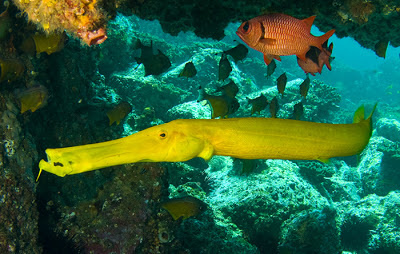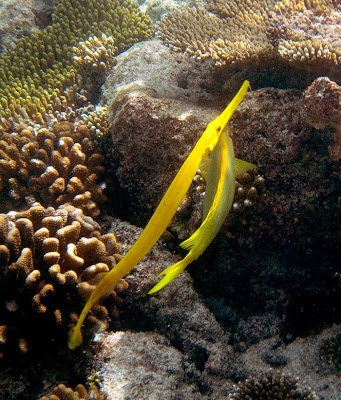Siamese Fighting Fish are one of the
most recognized, most colorful, and often most controversial and popular fish
in the freshwater hobby. It is also known as also known as betta. The name of
the genus is derived from ikan bettah, taken from a local dialect of Malay. The
Scientific Name of the fish is Betta splendens and it is from the family of
Belontiidae.
The male Siamese fighting fish is
one of the most popular and well known of aquarium fish because of its
brilliant coloration, and long flowing fins. Females are usually not as highly
colored as male, and have much shorter fins. In nature, The Siamese fighting
fish is not usually brightly colored. However, captive breeding programs have
resulted in a wide variety of colors, such as white, yellow, orange, red, pink,
blue, green, turquoise, brown and black. Both are male and female bettas have a
torpedo-shaped body and an upturned mouth geared for eating at the surface.
Mature adults reach a size of 7 cm, with females being slightly smaller than
the males and the lifespan can be 2-3 years.
The fish is a carnivorous species of
animals and therefore, the diet Siamese fighting fish is meat based. Siamese
fighting fish mainly eats insects and brine shrimp and also the larger food
particles that are part of the plankton in the water. For the small size of the
Siamese fighting fish, bright colors and long, attractive fins, the fish is
preyed about by many other animals and even humans who catch the Siamese
fighting fish to keep in aquarium at home. The tattoo of Siamese fighting fish
is also popular to tattoo maker.
 Bettas originate in the shallow
waters of
Bettas originate in the shallow
waters of
And at last about the Siamese
fighting fish is “They are incredibly beautiful, easy to care for and can be
very active fish”.













